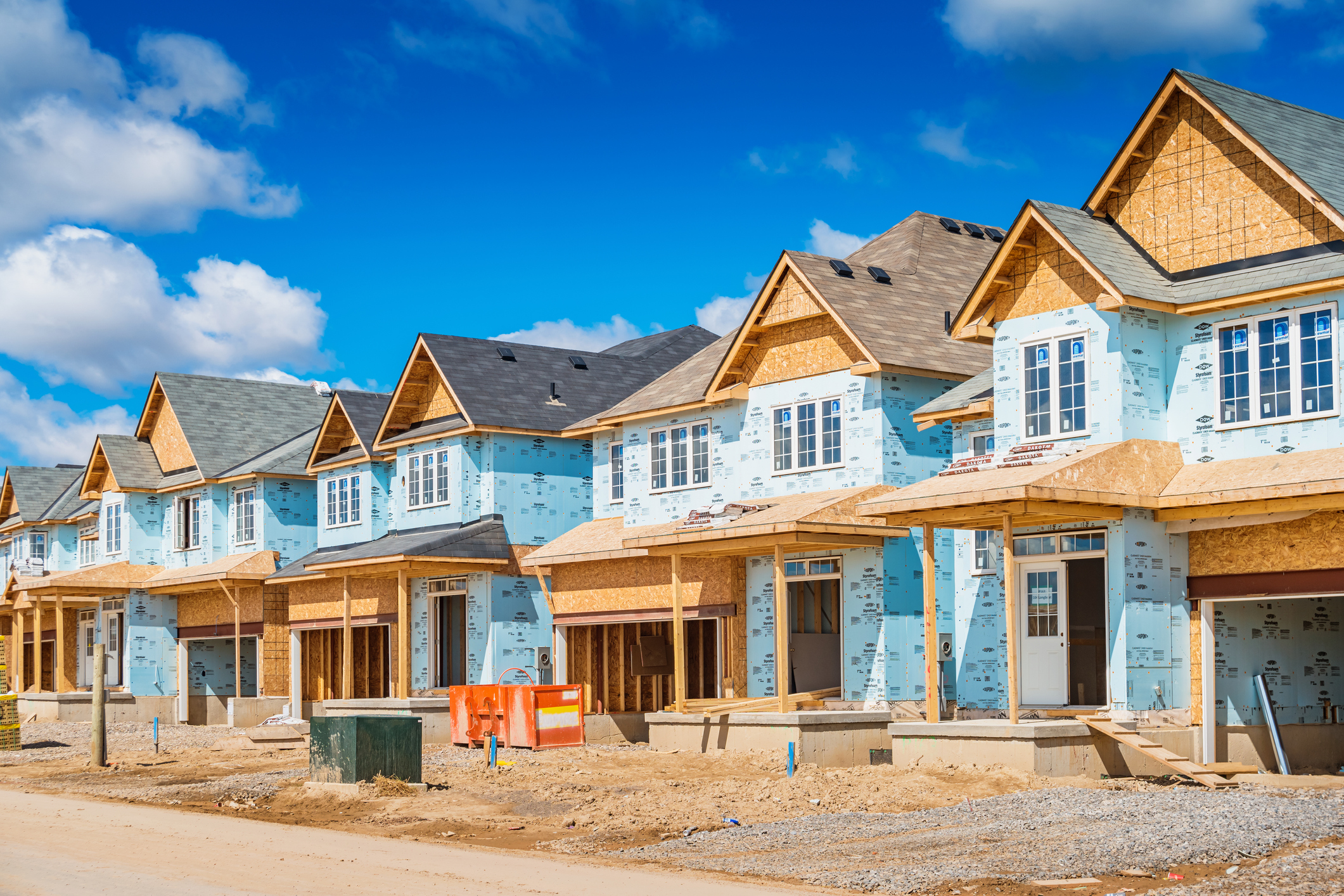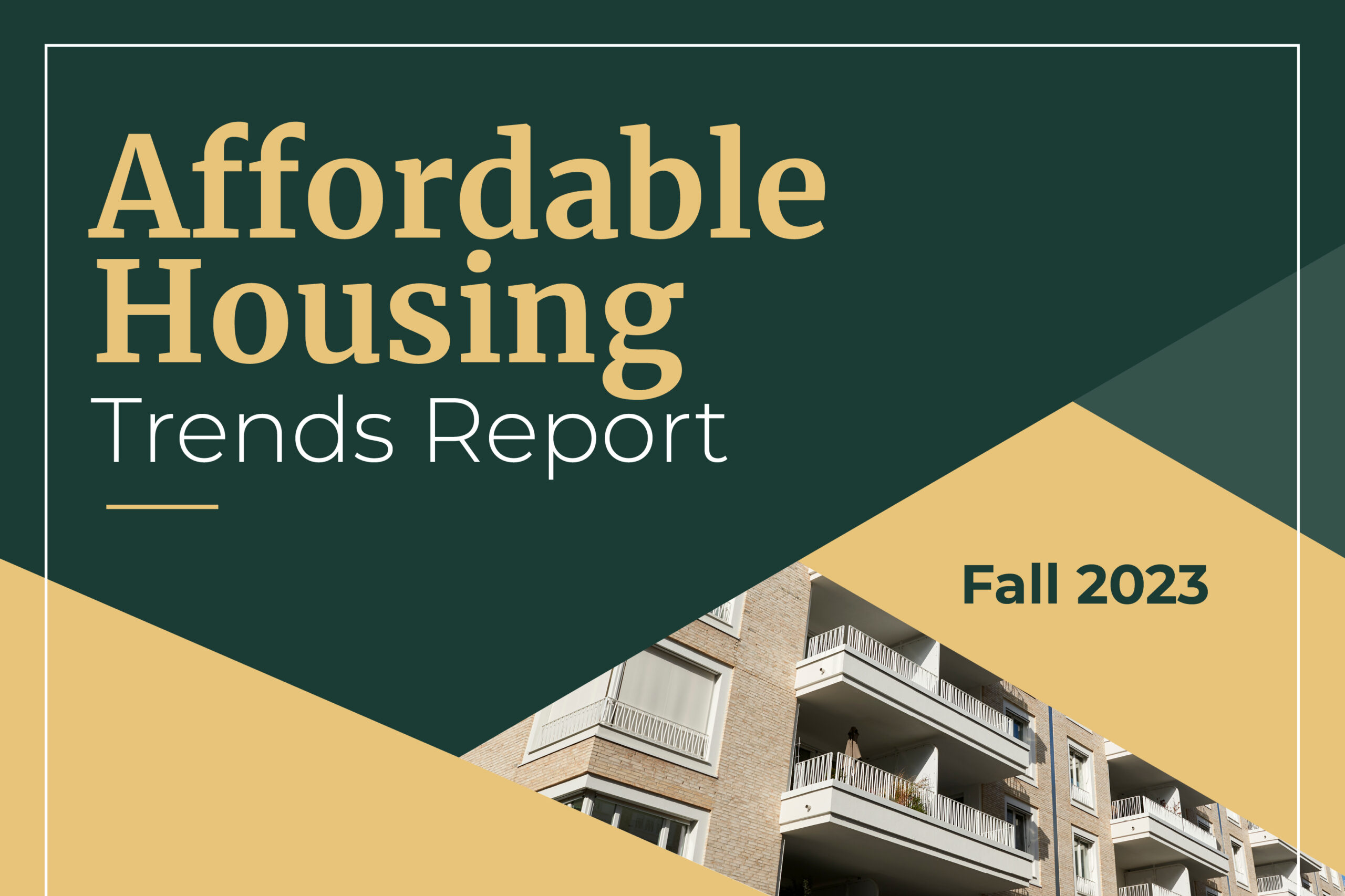The average renter thinks there is a three-in-five chance they will still be in the rental market in 2027, according to the New York Federal Reserve’s recently released 2024 SCE Housing Survey. Compared to last year, the probability of the average renter not becoming a homeowner in the next three years was up 4.3 percentage points, reaching its highest mark since the study began in 2015.
Small Multifamily Investment Snapshot — December 2023

While macroeconomic headwinds remain a constant challenge, the small multifamily sector has demonstrated its ability to bend rather than break.

eCore23 Fireside Chat: Arbor and RXR CEOs Discuss Business, Politics, and Multifamily

At the eCore23 Summit in Miami in November, two long-time colleagues who first met in the 1990s, Arbor Chairman and CEO Ivan Kaufman and RXR Chairman and CEO Scott Rechler, hosted an exclusive, hour-long Fireside Chat before an intimate group of multifamily leaders.

Single-Family Rental Investment Trends Report Q4 2023

Arbor’s Single-Family Rental Investment Trends Report Q4 2023, developed in partnership with Chandan Economics, explores a multifamily sector ending the year on a high note as demand climbs for quality single-family rental (SFR) homes. Even with interest rates high, more shovels went in the ground for SFR projects, increasing build-to-rent (BTR) construction’s market share to a new peak. In the third quarter, SFR’s robust rent collections and retreating cap rates also demonstrated the sector’s continued resiliency amid economic dislocation.

Video: Special Report Fall 2023 Key Takeaways

In this video, Dr. Sam Chandan, Founding Director of the C.H. Chen Institute for Global Real Estate Finance at the NYU Stern School of Business and non-executive chairman of Chandan Economics, details the key takeaways of Arbor’s Special Report Fall 2023, which he co-authored with Ivan Kaufman, Chairman and CEO of Arbor Realty Trust.

FHFA Loan Caps for 2024: What Multifamily Borrowers Need to Know

The Federal Housing Finance Agency (FHFA) announced a $10 billion rollback of Fannie Mae and Freddie Mac’s volume cap for loan purchases for 2023 to $140 billion ($70 billion for each agency). This move aligns with industry expectations, given the anticipation of continued headwinds for the multifamily in 2024. Next year’s cap for the Government-Sponsored Entities (GSEs) is a reduction of approximately 7% from the $150 billion limit set for 2023 and a return to the level it was in 2021.

Affordable Housing Trends Report Fall 2023

With the cost of living climbing, the need for affordable housing has become more urgent. Although demand continues to outpace available supply, multifamily investment in affordable housing is fortified by Low-Income Housing Tax Credits (LIHTC), Project-Based Section 8, and the Housing Choice Voucher (HCV) programs. Arbor’s Affordable Housing Trends Report Fall 2023, developed in partnership with Chandan Economics, examines the supply-driven programs and policies designed to improve supply at a point in time when federal gridlock has stalled many funding increases.

Top U.S. Multifamily Rent Growth Markets — Q3 2023

Multifamily rent growth in the U.S. continued to be distributed throughout a variety of markets, which contrasted with the previous two years when Sun Belt markets dominated the list.

Small Multifamily Investment Trends Report Q4 2023

Arbor’s Small Multifamily Investment Trends Report Q4 2023, developed in partnership with Chandan Economics, is a snapshot of a strong and resilient subsector continuing to navigate ongoing market dislocation. The report shows that distress has remained limited, even with valuations and measures of risk pricing in flux. As conditions start to stabilize, there are signs that deal activity is picking up.

U.S. Multifamily Market Snapshot — Q3 2023

The U.S. multifamily market held steady during the third quarter of 2023, as high mortgage rates and a lack of inventory in the housing market continued to drive rental demand.

What’s Next for the Federal Reserve?

Over the past year and a half, the Federal Reserve has embarked on one of its most aggressive monetary tightening cycles in history. With the federal funds rate sitting above 5.25% and two more Federal Open Market Committee (FOMC) policy meetings scheduled through the end of 2023, questions remain about how short- and medium-term monetary policy adjustments could influence multifamily investing. While a rapid reversal is unlikely, the next phase could ease some interest rate pressure.


